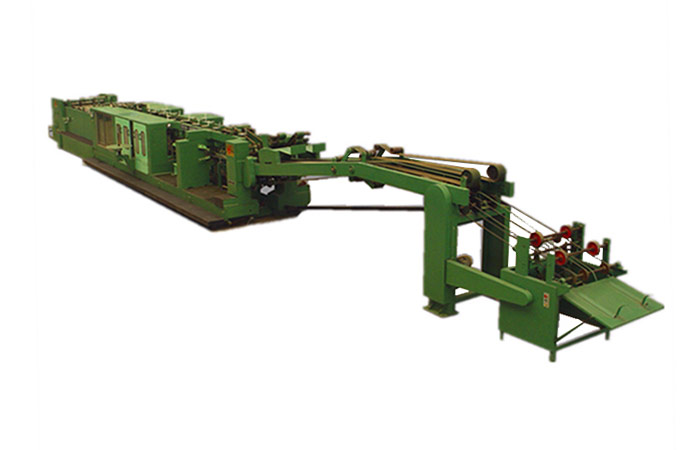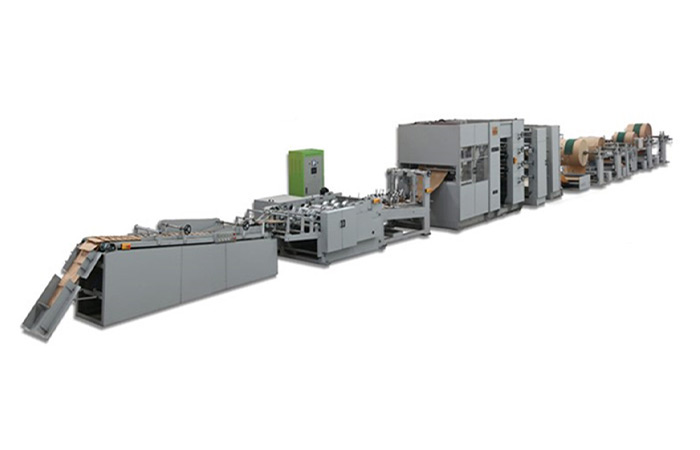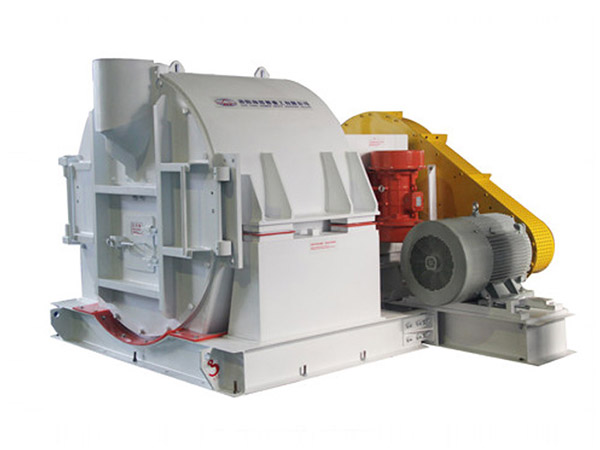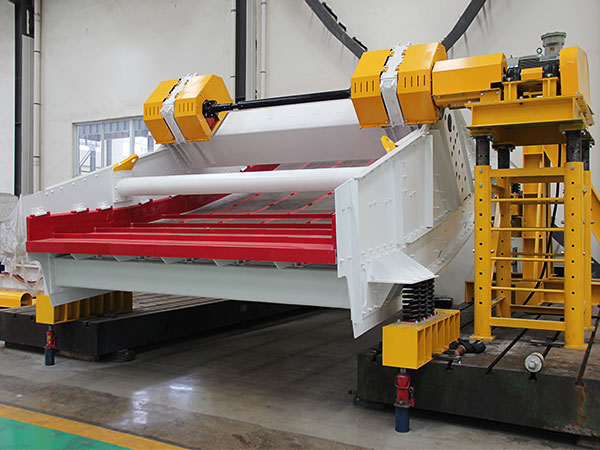https://www.ls-casting-mold.com/wp-content/uploads/2022/08/tractor-clutch.jpg
450
600
lsmojv
http://www.ls-casting-mold.com/wp-content/uploads/2018/12/lslogo-300x138.png
lsmojv2023-04-13 16:25:312023-04-13 16:25:31What are the types of tractor clutches?
https://www.ls-casting-mold.com/wp-content/uploads/2022/09/7-e1664414507455.jpg
660
600
lsmojv
http://www.ls-casting-mold.com/wp-content/uploads/2018/12/lslogo-300x138.png
lsmojv2023-04-13 16:09:262023-04-13 16:09:26What are the types of industrial racking?
https://www.ls-casting-mold.com/wp-content/uploads/2022/02/12-e1645582658515.jpg
600
600
lsmojv
http://www.ls-casting-mold.com/wp-content/uploads/2018/12/lslogo-300x138.png
lsmojv2023-04-13 15:22:422023-04-13 15:22:42What are the dimensions of a grow rack?
https://www.ls-casting-mold.com/wp-content/uploads/2022/08/paper-tube-machine-2.jpg
376
495
lsmojv
http://www.ls-casting-mold.com/wp-content/uploads/2018/12/lslogo-300x138.png
lsmojv2023-04-13 14:57:592023-04-13 14:57:59How does a bag making machine work?
https://www.ls-casting-mold.com/wp-content/uploads/2022/08/paper-tube-machine-2.jpg
376
495
lsmojv
http://www.ls-casting-mold.com/wp-content/uploads/2018/12/lslogo-300x138.png
lsmojv2023-04-13 14:26:572023-04-13 14:26:57What are the parts of the paper tube machine
https://www.ls-casting-mold.com/wp-content/uploads/2022/02/移动氢氧化钙生产线7-e1644565056663.jpg
529
600
lsmojv
http://www.ls-casting-mold.com/wp-content/uploads/2018/12/lslogo-300x138.png
lsmojv2023-04-13 14:09:162023-04-13 14:09:16WHAT IS THE PROCESS OF LIME KILN PRODUCTION?
https://www.ls-casting-mold.com/wp-content/uploads/2022/02/移动氢氧化钙生产线7-e1644565056663.jpg
529
600
lsmojv
http://www.ls-casting-mold.com/wp-content/uploads/2018/12/lslogo-300x138.png
lsmojv2023-04-13 13:56:242023-04-13 13:56:24WHAT ARE THE LIME KILN PROCESS
https://www.ls-casting-mold.com/wp-content/uploads/2022/12/精煤离心机.jpg
450
600
lsmojv
http://www.ls-casting-mold.com/wp-content/uploads/2018/12/lslogo-300x138.png
lsmojv2023-04-13 10:46:082023-04-13 10:46:08What is the operation process of coal centrifuge
https://www.ls-casting-mold.com/wp-content/uploads/2022/02/Vibrating-Screen4-1.jpg
450
600
lsmojv
http://www.ls-casting-mold.com/wp-content/uploads/2018/12/lslogo-300x138.png
lsmojv2023-04-13 10:19:282023-04-13 10:19:28What material is used for vibrating screens?
https://www.ls-casting-mold.com/wp-content/uploads/2021/06/高压球机7.jpg
400
600
lsmojv
http://www.ls-casting-mold.com/wp-content/uploads/2018/12/lslogo-300x138.png
lsmojv2023-04-13 09:27:332023-04-13 09:27:33What is the working principle of the ball press machine
Scroll to top










